
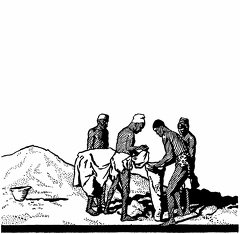 Africans Working 2
Africans Working 2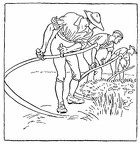 Action
Action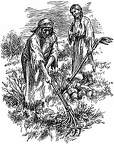 Gardening
Gardening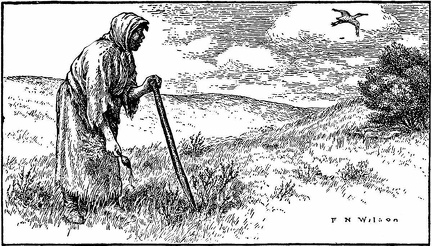 Harvesting
Harvesting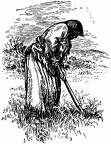 Turtle and her old-fashioned digging stick
Turtle and her old-fashioned digging stick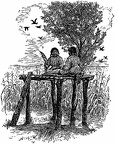 A watchers’ stage
A watchers’ stage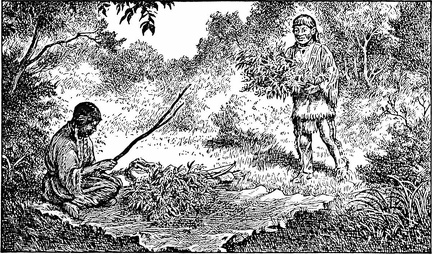 Picking June berries
Picking June berries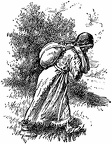 When my sack was filled, I tied it shut and slung it on my back by my packing strap
When my sack was filled, I tied it shut and slung it on my back by my packing strap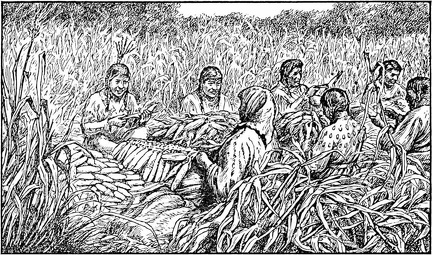 Corn Husking
Corn Husking The smaller ears we bore to the village in our baskets
The smaller ears we bore to the village in our baskets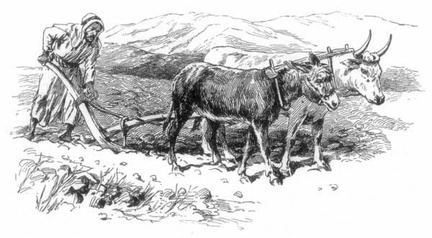 Ploughing in Syria
Ploughing in Syria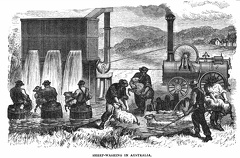 Sheep-washing in Australia
Sheep-washing in Australia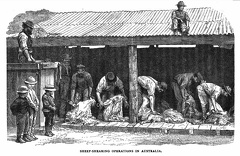 Sheep-shearing operations in Australia
Sheep-shearing operations in Australia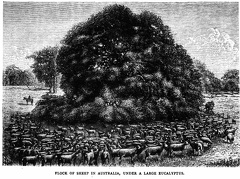 Flock of sheep in Australia, under a large Eucalyptus
Flock of sheep in Australia, under a large Eucalyptus



